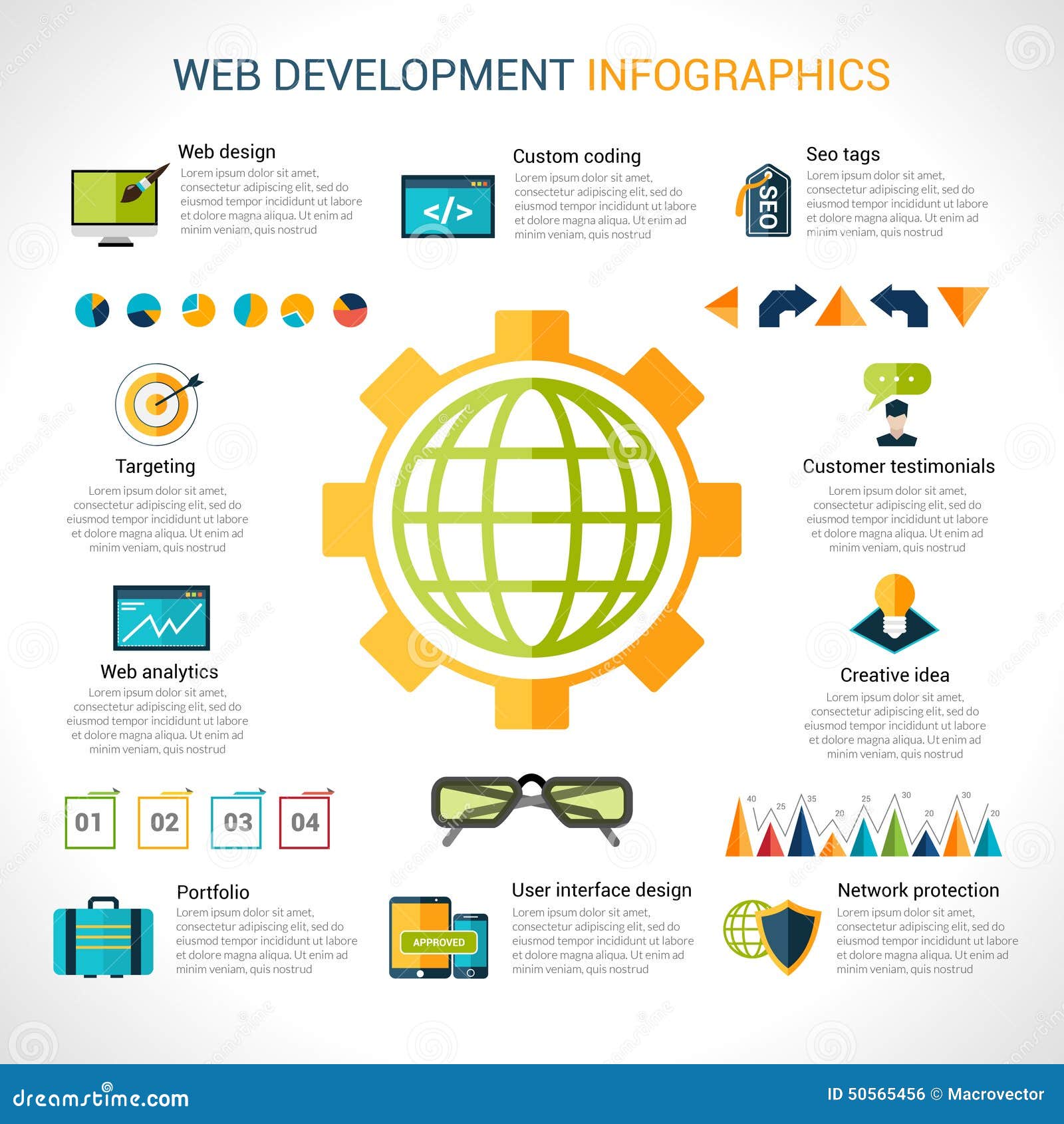Basic Elements Of Web Design: Guidelines For Establishing A User-Centric Website
Basic Elements Of Web Design: Guidelines For Establishing A User-Centric Website
Blog Article
Short Article Developed By-Abildtrup Devine
When it concerns internet site style, making certain user-friendliness is crucial. From receptive style to structured navigating, every component plays a crucial role in creating a site that deals with your target market's demands. However what regarding the better details that can make or damage a customer's surfing experience? Keep tuned as we uncover some often-overlooked ideas that can elevate your web site's usability to the following level, making it genuinely stand out in the electronic landscape.
Importance of Responsive Style
Receptive design is a critical element of modern internet site advancement. Guaranteeing your internet site is responsive methods that it can adapt to various screen sizes and tools, providing a smooth experience for individuals.
With the boosting use smart devices and tablet computers to access the web, having a responsive style is vital for getting to a wider audience. It helps in enhancing user experience by making your web site easy to browse and keep reading any type of device.
Additionally, receptive layout can favorably affect your online search engine positions, as online search engine like Google focus on mobile-friendly web sites. By having a responsive style, you're also future-proofing your site, as brand-new gadgets with differing display dimensions remain to emerge.
Simplify Navigating Structure
To boost user experience and facilitate very easy access to details on your website, streamlining the navigation structure is paramount. When designing your website, focus on creating a clear and user-friendly navigating food selection that assists visitors find what they're seeking quickly.
minimalist website of food selection items to the fundamentals, organizing associated web pages with each other to prevent overwhelming customers. Usage detailed labels that clearly show the content of each page, making it easier for customers to understand where each web link will take them.
Consider executing dropdown menus for subcategories to prevent jumbling the primary navigating bar. In addition, consist of a search bar prominently on the web page for users who favor searching for details details.
Prioritize mobile responsiveness in your navigation design to ensure very easy access on all tools.
Enhance Page Tons Rate
Improving page lots rate is essential for keeping visitors on your website. Slow-loading visit the next document annoy customers and can result in high bounce prices. To maximize page load speed, beginning by enhancing pictures. Compress professional search engine optimisation services without endangering top quality to minimize their data dimensions.
Additionally, make it possible for browser caching to keep frequently accessed resources in your area, quickening tons times for returning site visitors. Minify CSS, JavaScript, and HTML documents by removing unnecessary characters, comments, and formatting, boosting lots speed.
Take into consideration using a content delivery network (CDN) to disperse your site's content throughout numerous servers worldwide, lowering latency for individuals accessing your website from different areas. Finally, restrict using third-party scripts and plugins, as they can substantially impact tons times.
Final thought
Finally, by integrating responsive design, simplifying navigating, and enhancing web page lots rate, you can create an user-friendly web site that attract a broader target market and boosts customer experience. These essential elements make sure that site visitors can quickly accessibility and browse your site across different tools, leading to increased interaction and complete satisfaction. By focusing on these key facets, you can develop an effective site that keeps individuals returning for more.
